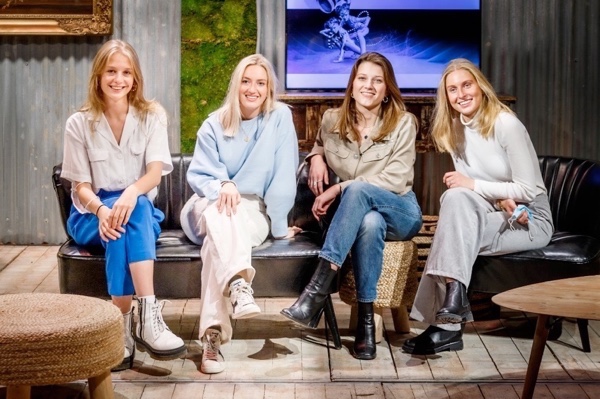Business News
European Graphic Arts Hackathon for the second year in a row

Wednesday 22. September 2021 - Before the annual The Congress on November 9 - VIGC (Flemish Innovation Center for Graphic Communication) is organizing a Hackathon on October 25 and 26. This year it will be renamed to the European Graphic Arts Hackathon. Of course with good reason
VIGC is literally trying to push its boundaries even more this year. As in 2020, EY supports this initiative together with the Flemish Industry Partnership Agoria-Sirris-Vlaio. But also Intergraf – the European umbrella organization of national sector federations – is also acting as a partner for the first time. Both parties strongly believe in the innovative nature of this type of event. A valuable initiative that the graphics sector needs and can learn a lot from.
But theres more to tell. Also several individual European sector federations will act as co-hosts. This means that within the country they represent, they actively look for teams and individuals who want to participate in the Hackathon. The co-host represents his country within a broad European context. At this moment Denmark, Estonia and the Netherlands have already committed.
With almost 85 participants divided over 13 teams, last years Hackathon already was a succes. There were participants from the Benelux, Germany, Scandinavia, Estonia and the US. “What really surprised us during this first Hackathon was the quality and composition of the teams. More than ever we need new techniques, services and business models. Our Hackathon is the way to bring all those ideas and knowledge together”, says Jos Steutelings, VIGC Managing Director.
The Hackathon will also be set up virtually this year. This will make is easy to participate from whatever geographical region youre in. “This can easily be done via plenary virtual meetings, many small ad hoc consultations via, for example, TEAMS, Skype or ZOOM. We had very good experiences with this last year and it turned out to work very well,” says Jan de Clippeleer, EY Executive Director.
There is a lot to experience during the two days of the Hackathon. Experts with different backgrounds will be at the disposal of the teams and will shed light on the proposals that are being developed during the event. They can be actively involved in team projects. In between workshops will also be given on, for example, professional pitching and the development of a business model.
At the end of the two-day Hackathon, an international jury will choose 3 winners. The winners will be able to present their project at the annual VIGC Congress.
Luca School of Arts – the Belgian Design Academy in Ghent – was declared the winner in 2020. The five final-year students convinced the jury with their project Smiles. Their challenge was to change the perception of people who say that print is dead. That is why they showed that digital content and printed matter can go hand in hand. They did this by collecting memories through smile detection on the smartphone and then putting them together in a personalized printed book.
